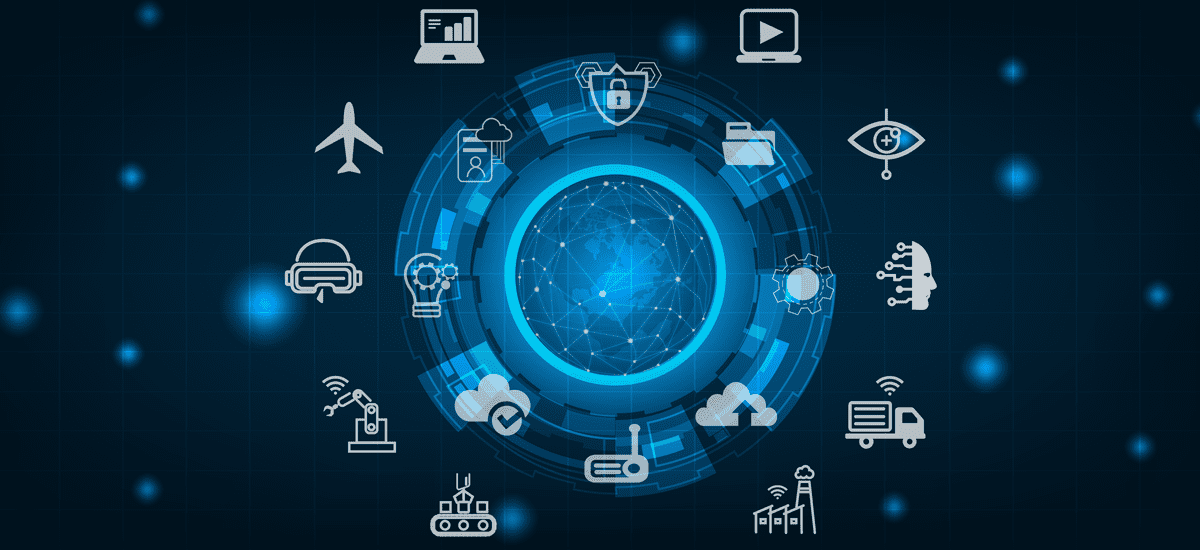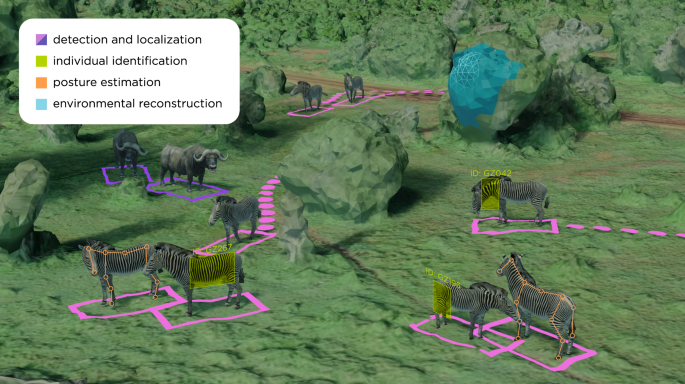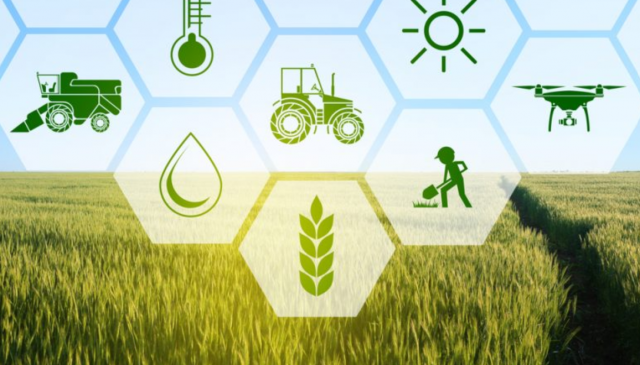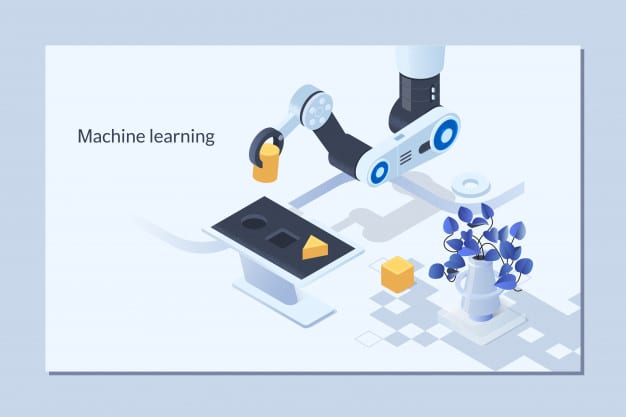This article was published as a part of the Data Science Blogathon.

Introduction
EdgeML is a technology that allows Smart Devices to process data locally (through local servers or at the device level), leveraging machine and deep learning algorithms, decreasing reliance on Cloud networks. The term edge refers to the processing at the device- or local-level (and closest to the components collecting the data) by deep- and machine-learning algorithms.
Edge ML is groundbreaking. It addresses security concerns about storing personal user information in the Cloud and decreases the burden on Cloud networks by processing data locally. It also helps in real-time data processing, which is currently unachievable with typical cloud-operated smart devices but is important for technologies like driverless vehicles and medical equipment. In this article, we’ll look at some machine learning applications at the edge, so let’s jump in.
Applications of EdgeML
1. Healthcare: Chronic diseases can be tracked with health monitors and other wearable devices. In the case of a medical emergency, there’s a dire need to get quick access to medical history. The results could be fatal if these devices rely on transferring data to the cloud before making decisions. To circumvent this, EdgeML assists in the instant and timely evaluation of complex data that necessitates immediate attention by physicians to improve patient care and eliminate other potential health-related risks. In addition, caretakers can be notified in such a scenario.
Source: https://bit.ly/3OK1NFE
2. Virtual assistant: Voice-enabled gadgets do not constantly capture audio and send it to the cloud to ascertain if they are being instructed. Today’s voice interfaces often employ keyword or “wake-word” detection. EdgeML can help to quickly process microphone signals while the rest of the system stays idle. This power-efficient approach is especially crucial for extending usage time in portable battery-powered devices like smartphones and wearables.
Furthermore, the EdgeML technology can help separate the user’s voice from other sounds in the environment. For example, beamforming techniques process audio from multiple microphones in the device to focus listening in the direction the user is speaking from – like a virtual directional microphone.

3. Monitoring Safety in Oil and Gas facilities: Most oil and gas-related facilities are located remotely with poor connectivity. Locating sensors and edgeML at or near such systems allows for improved connectivity and constant monitoring. EdgeML can also analyze problems with equipment in real-time, aiding in predictive maintenance. The sensors can monitor humidity, temperature, and energy generated by all equipment, including electric vehicles and wind farm systems, and gathered data can be further analyzed using EdgeML. The resulting output could be to manage the energy grid to help with cost reduction and efficient energy creation.
Source: https://bit.ly/3Jekgcs
4. Detecting Network Intrusions: Due to the significant increase in potential vulnerabilities or attack channels within a network, cyber security is a major concern for many enterprises. Deploying ML techniques at the network edge suggests that network security software and devices can constantly increase. ML techniques can be used to identify threats with continuous improvement by simulating different kinds of cyber attacks. In critical situations, the time saved by eliminating cloud servers could be priceless.

5. IoT device Activity Detection: With the rapid growth of the Internet of Things and connected devices, there has been an increase in interest in health and fitness apps and wearables. These apps typically get information from the gyroscopes and accelerometers found in many current smartphones. However, as the amount of personal data collected and communicated by these apps grows, so do worries about personal privacy and secure data transfers. Machine learning on edge devices, like smartphones, enables secure models to be learned directly on the devices, eliminating the need to send data to the cloud or externalize it.

6. Prediction of Product Ratings: ML algorithms are heavily used in areas like consumer sentiment analysis to predict product ratings based on customer-written reviews. The text data from the reviews is examined as a word sequence before edge machine learning identifies relevant word sequences and provides insights. Any e-commerce outlet trying to capitalize on a consumer base to predict product ratings can leverage the obtained insights.

7. Autonomous Vehicles: Any pedestrian who crosses in front of an autonomous vehicle must be stopped timely to avoid any unfortunate instance. Making this decision based on the remote server is unreliable and unfair. Furthermore, vehicles that use edge technology can interact more efficiently since they can communicate with one another first, rather than sending data about accidents, weather, traffic, or diversions to a remote server.

8. Environmental and Wildlife Management: EdgeML can be leveraged to predict and optimize the selection of tree species for reforestation purposes using cartographic data. The best species is then inferred based on variables like altitude, exposure, soil type, and moisture; hence automatic reforestation efforts could be made.

9. Agriculture: The data related to ambient temperature, soil moisture level, and other variables can be gathered with the help of sensors. Further, this sensor data can be analyzed with the help of EdgeML solutions to analyze the nutrient density and water consumption to optimize and increase harvesting.

10. Construction: EdgeML can be used in the construction sector. The data from the safety equipment, cameras, sensors, etc. It can be gathered and analyzed to increase the worker’s safety. Furthermore, it provides an overview of workplace safety conditions and ensures that workers follow safety regulations.

11. Manufacturing: Environmental sensors, machine learning, and real-time analytics can monitor industrial processes to improve product quality and detect production mistakes. It also provides information on the available components and how long they will last, helping the producer make more accurate and rapid operational and facility decisions.

12. Monitoring the health of the components: In various sectors like the energy, industrial, residential, healthcare, etc. EdgeML, in conjunction with other sensors, can be used to monitor the health of components and alert specialists when a repair is required. Hence it can help delay or avoid machine breakdown/meltdown situations and increase the lifetime of the machine.

13. Advertising: Targeted marketing and information for retail enterprises rely on critical aspects defined in on-field equipment, like demographic data. Considering this, EdgeML can help to protect user privacy. Rather than sending unprotected data to the cloud, it may encrypt the data and keep the source.

14. Developing Edge ML-based systems in hospitals and assisted living facilities: Leveraging EdgeML in conjunction with the data gathered from wearable and environmental sensors can aid in monitoring a patient’s heart rate, glucose levels, and other vitals. This has the potential to save lives because the data is analyzed locally at the edge, and staff would be notified in real-time when a speedy response is required to save lives.

Conclusion
In this blog post, we learned that EdgeML can be used for the following purposes:
1. EdgeML can be used in the health sector to provide quick access to a patient’s medical history and assist in the instant and timely evaluation of complex data, hence helping in avoiding any casualties. Furthermore, it can help develop Edge ML-based systems in hospitals and assisted living facilities.
2. EdgeML can be used in virtual assistants and sound systems. It can specifically help in wake word detection and processing and can aid in separating the user’s voice from other sounds in the environment.
3. EdgeML can also help monitor the subject’s safety in various domains like oil and gas, driverless vehicles, construction site, etc. Also, it can be employed to ensure the user’s safety from cyber network intrusions.
4. EdgeML can be leveraged by e-commerce outlets trying to capitalize on a consumer base to predict product ratings. Also, it can be leveraged for targeted marketing.
5. EdgeML can be used in industries to make more accurate and rapid operational and facility decisions. Furthermore, it can be leveraged to monitor the health of the components.
6. EdgeML can be leveraged for environmental, agricultural, and wildlife management.
The media shown in this article is not owned by Analytics Vidhya and is used at the Author’s discretion.





